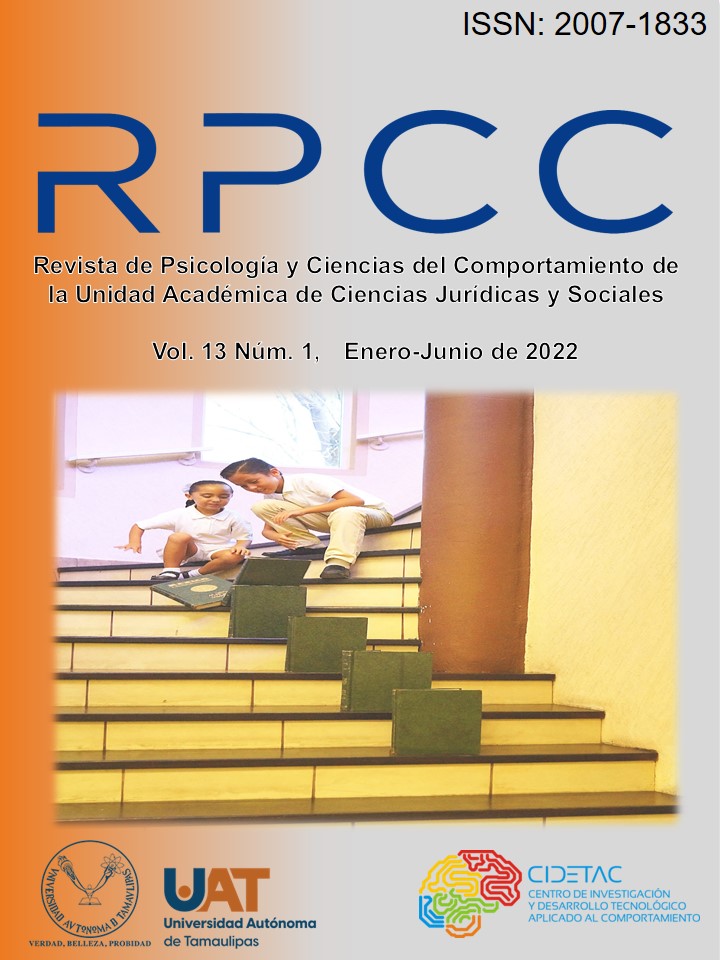Deshonestidad Académica: Gravedad percibida y Desarrollo de la Escala de Deshonestidad Académica en estudiantes universitarios mexicanos
DOI:
https://doi.org/10.29059/rpcc.20220501-139Abstract
Academic dishonesty has been related to dishonest workplace behaviors, decreased learning, and a bad reputation for academic institutions. For this reasons several questionnaires have been developed to measure it, but only a few studies have reported the factorial structures of their instruments. Similarly, not many research projects have described the correlation between perceived seriousness and the frequency of cheating. Therefore, the objective of this article is to identify the factorial structure of the Academic Dishonesty Questionnaire (ADQ), and to report the correlation between cheating frequency and perceived seriousness. To fulfill these objectives several students answered the ADQ, and a perceived seriousness scale. Results show that the ADQ has three factors, which include cheating behaviors, like copying and plagiarizing, among many others. Likewise, a negative correlation between the frequency of cheating and perceived seriousness was observed. Therefore, the ADQ is considered to provide a correct estimation of academic dishonesty, and perceived seriousness is likely a relevant factor in the frequency of cheating.
Downloads
Published
Issue
Section
License

This work is licensed under a Creative Commons Attribution-NonCommercial-ShareAlike 4.0 International License.
Those authors who have publications with the Journal of Psychology and Behavioral Sciences of the Academic Unit of Legal and Social Sciences, accept the following terms:
a. The authors will retain their copyright and guarantee the journal the right to first publish their work, which will be simultaneously subject to the Creative Commons Attribution-NonCommercial-Share Alike 4.0 International License. which allows third parties to share the work as long as its author and his first publication are indicated this journal.
b. Authors may adopt other non-exclusive license agreements for the distribution of the version of the published work (e.g., deposit it in an institutional telematic archive or publish it in a monographic volume) provided that the initial publication in this journal is indicated.
C. Authors are allowed and recommended to disseminate their work through personal communication (e.g. colleagues) before and during the submission process, for purposes of feedback or enrichment of the work, which can produce interesting exchanges








